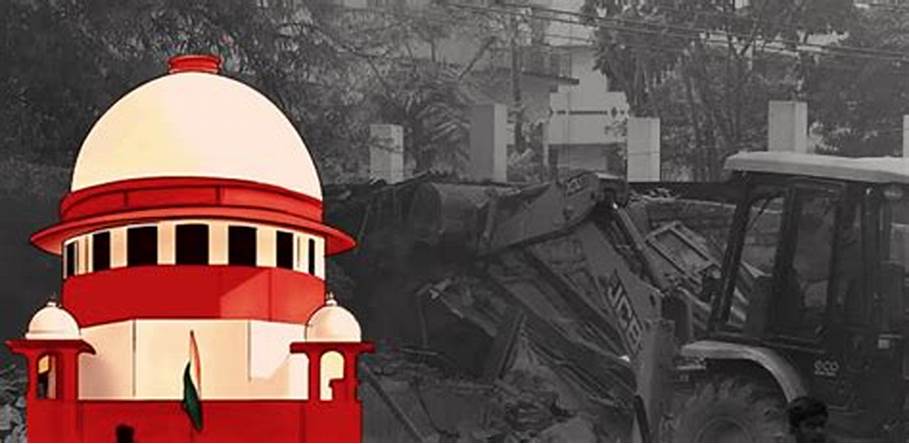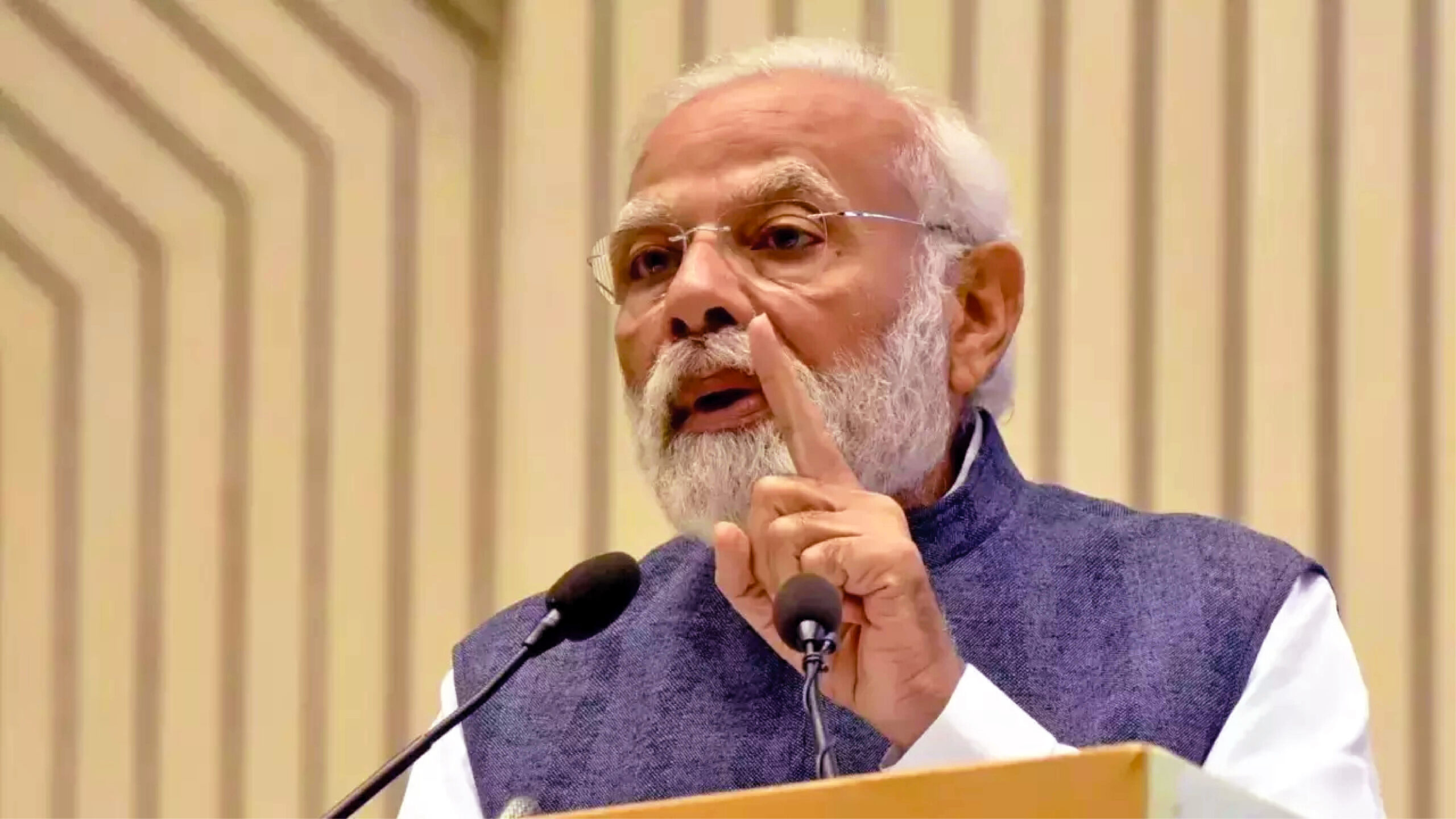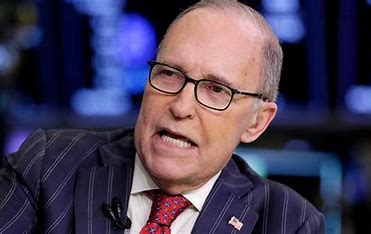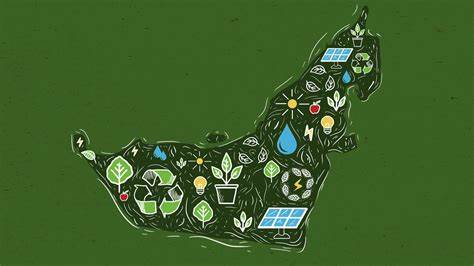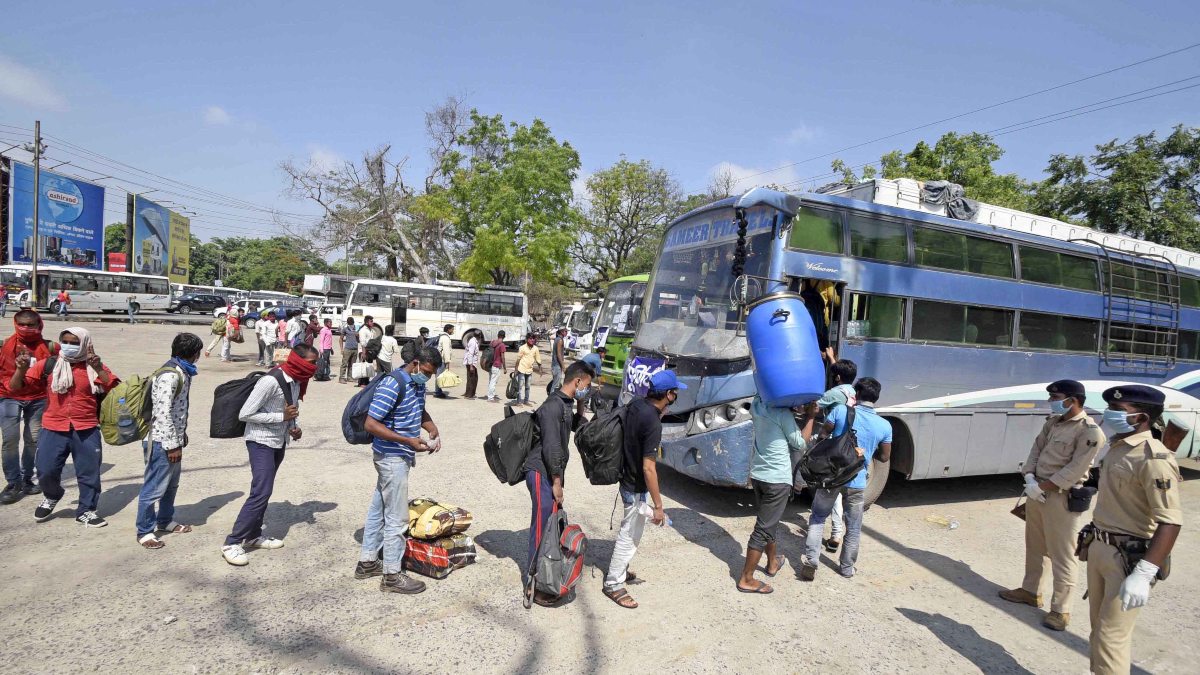
Amid an unprecedented surge in Covid infections, the Maharashtra government has imposed what it insists is not a lockdown, but a Section 144. Considering the said section of the IPC prohibits the assembly of four or more people in an area, and given the measures that Maharashtra has taken, its “Section 144” looks a bit too much like the prolonged lockdown of last year. Everything will stay shut in Maharashtra except for the essential services and what is used by the essential services. So public transport, including local trains, will run but can be used only by the essential services. Cargo services and e-commerce will be allowed to function but only if they are supplying essential goods and services. IT services are allowed but only for critical infrastructure. ATMs and postal services will stay open, as well as manufacturing units that produce raw materials for essential products. Hotels, restaurants, malls, markets, factories—everything will stay shut for at least a fortnight or more. What this effectively means is a complete shutdown of sector after sector that were showing some signs of recovery after 2020. Whether the chain of infection breaks or not, what this new avatar of Section 144 will do is break the back of Maharashtra’s economy. And considering Mumbai is the financial capital of the country, this move may have a cascading effect on the country’s economy as well.
There is no study to show that lockdowns are effective in controlling the spread of the coronavirus. In fact experts are of the opinion that lockdowns are the last option, or perhaps not even an option, for it can be a killer for the most vulnerable sections of society. And if some of the vulnerable—in this case the migrant labourers—again start returning home then the possibility of the infection spreading to even the remotest corners of the country increases manifold.
Even though last year’s lockdown has been justified by some experts as having been necessary to prepare the health system to handle a huge number of cases, there is no such reason that can justify a lockdown now when the second wave is raging. Instead, the focus should have been on implementing a strict containment policy, the operative word being “implementation”. The situation in Maharashtra has been going from bad to worse over the last one month, with this single state accounting for 55-60% of the country’s total caseload. But the criticism is that no appropriate containment measures were implemented. People were allowed to throng malls, marketplaces and beaches, tossing Covid appropriate behaviour in the dustbin. The local trains went back to being crowded as ever. Mumbai went back to its nightlife, parties continued. Social distancing norms were violated with impunity, masking was given the go by. When the first corona wave subsided, it was business as usual. There was a possibility that the second wave could have been contained but for that there had to be a policy in place, which was not the case. And now that there is a surge, instead of a lockdown, the concerned authorities should have thought about what is known as an “aggressive containment policy”, which includes heightened testing, contact tracing, isolating, ensuring that social distancing is maintained, no large congregations are allowed to take place either in public or private and that people wash hands and wear masks. Apparently, one of the reasons that this surge is happening is because of the high percentage of asymptomatic cases, because of which the infection is transmitting from person to person very fast—hence the need for implementing social distancing measures.
The only way out of this mess is testing and more testing. Also the vaccination process needs to be ramped up. There is a marked unwillingness among many people to get vaccinated because of the various rumours swirling about the after effects of vaccination and reports of people getting the virus even after being vaccinated fully. The message has to go out that vaccination may not always be able to prevent the virus from attacking a person, but even if such an attack takes place, it is not virulent. It’s very mild and is not fatal. The after effects too can be tackled with over the counter medicines. In fact, from anecdotal evidence it is apparent that large swathes of the underprivileged population do not even know what the vaccination is all about. Educating them about the importance of getting vaccinated should be a priority, for which respective state governments should enhance their local-level health infrastructure. India still has a long way to go before it achieves herd immunity. Until then the infection may be coming back in waves. Whatever be the case, lockdown is not the answer to tackle the virus. It is based on this premise that policy should be made and implemented.
